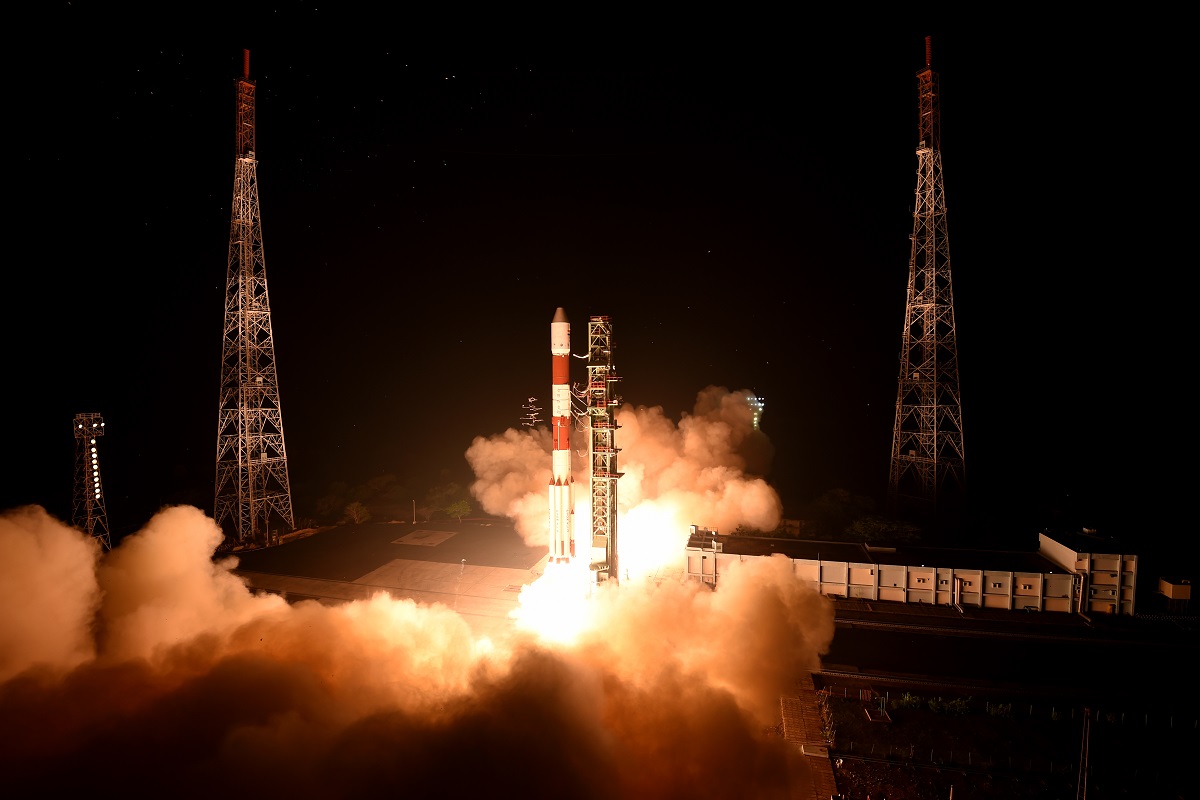Prime Minister Narendra Modi on Monday congratulated Indian Space and Research Organisation (ISRO) on successful launch of PSLV C52 mission from Satish Dhawan Space Centre, SHAR, in Sriharikota.
The picture perfect launch, the first one to take place in 2022, injected Earth Observation Satellite (EOS-04), into an intended sun synchronous polar orbit of 529 km altitude at 6:17 am Indian Standard Time, a note from the ISRO stated confirming the success of the mission.
Advertisement
Prime Minister in a tweet later congratulates Indian space scientists on successful launch of PSLV C52 mission. He said the EOS-04 satellite would provide all weather high resolution images. He said these images would help sectors like agriculture, forestry and plantations, soil moisture and hydrology besides in mapping of floods.
“Congratulations to our space scientists on the successful launch of PSLV C52 mission. EOS-04 satellite will provide high resolution images under all weather conditions for agriculture, forestry and plantations, soil moisture and hydrology as well as flood mapping,” Prime Minister Modi tweeted.
The launch of Polar Satellite Launch Vehicle or PSLV-C52 marks the beginning of ISRO’s missions lined up for the year. The PSLV lifted off 5-59 in the morning on Monday from the first launch pad at SHAR. This was the 80th launch vehicle mission from SDSC (Satish Dhawan Space Centre) SHAR, Sriharikota and 54th flight of PSLV; and the 23rd flight of PSLV in XL configuration (6 strap-on motors), according to the ISRO note.
The satellite weighing about 1710 kg has a mission life of 10 years. The vehicle also placed two small satellites, a student satellite (INSPIREsat-1) from Indian Institute of Space Science & Technology (IIST) in association with Laboratory of Atmospheric & Space Physics at University of Colorado, Boulder and a technology demonstrator satellite (INS-2TD) from ISRO, which is a precursor to India-Bhutan Joint Satellite (INS-2B). Co-passenger satellites were successfully separated from the PSLV in a predetermined sequence, an ISRO note stated giving details of the mission.
ISRO Chairman S Somanath also congratulated ‘team ISRO’for the precision with which the mission was accomplished.











